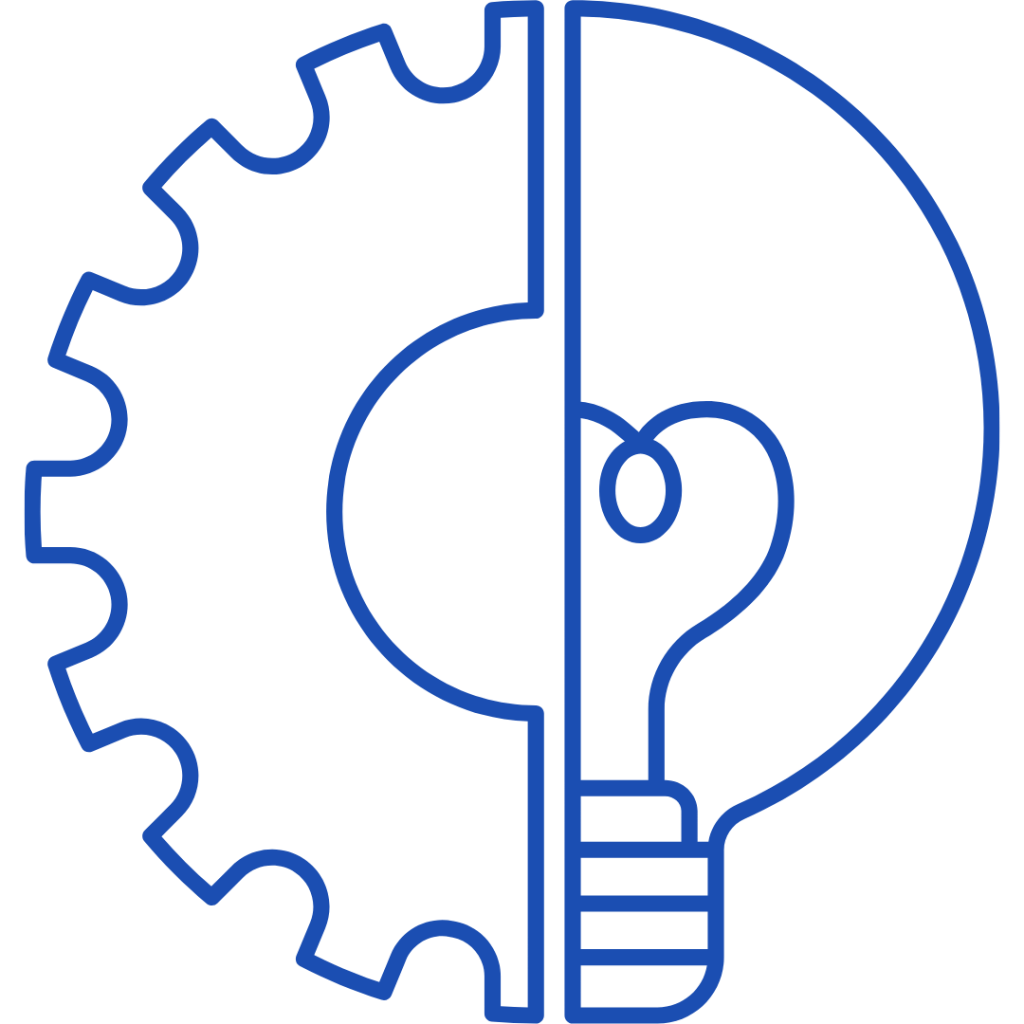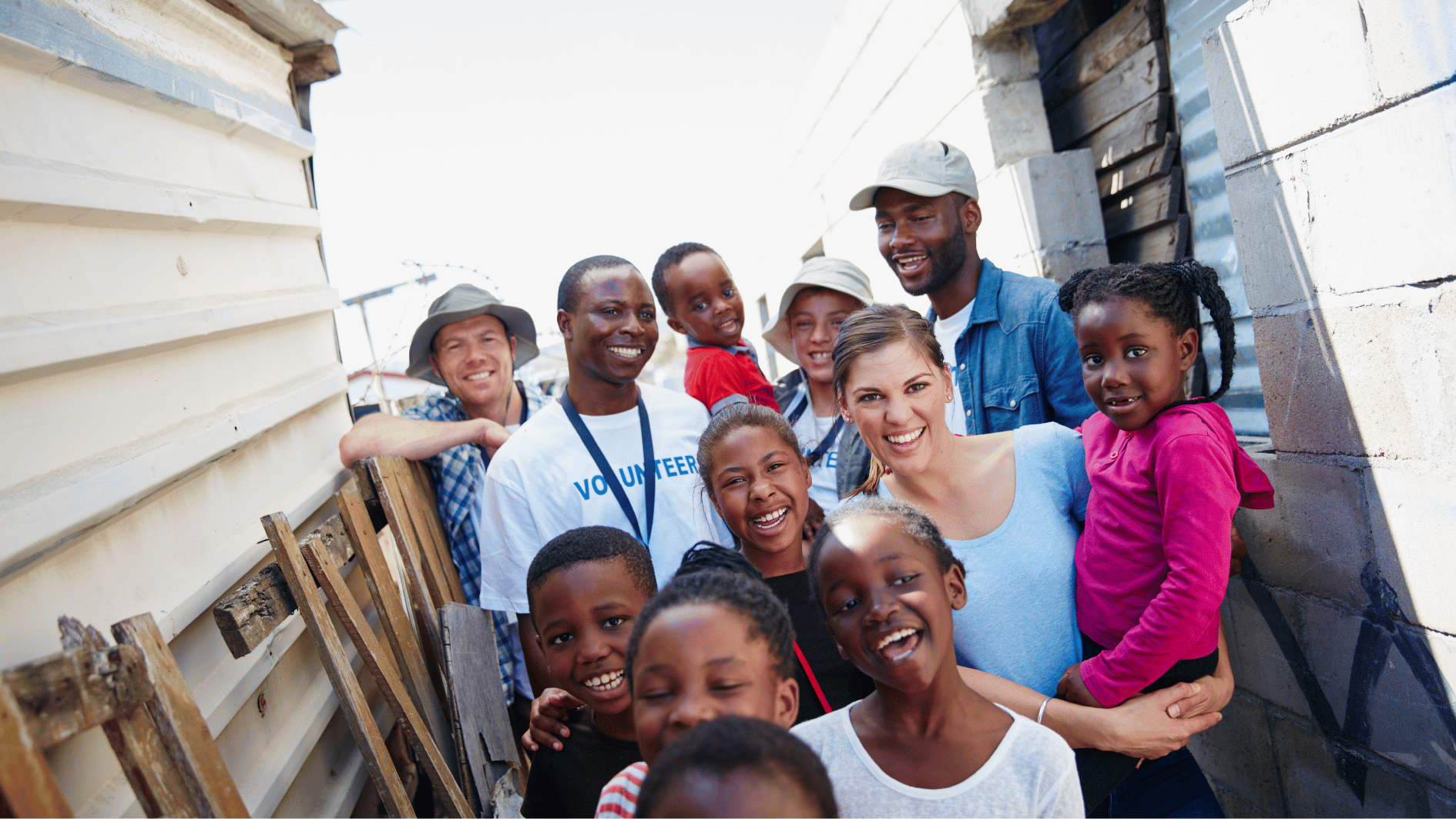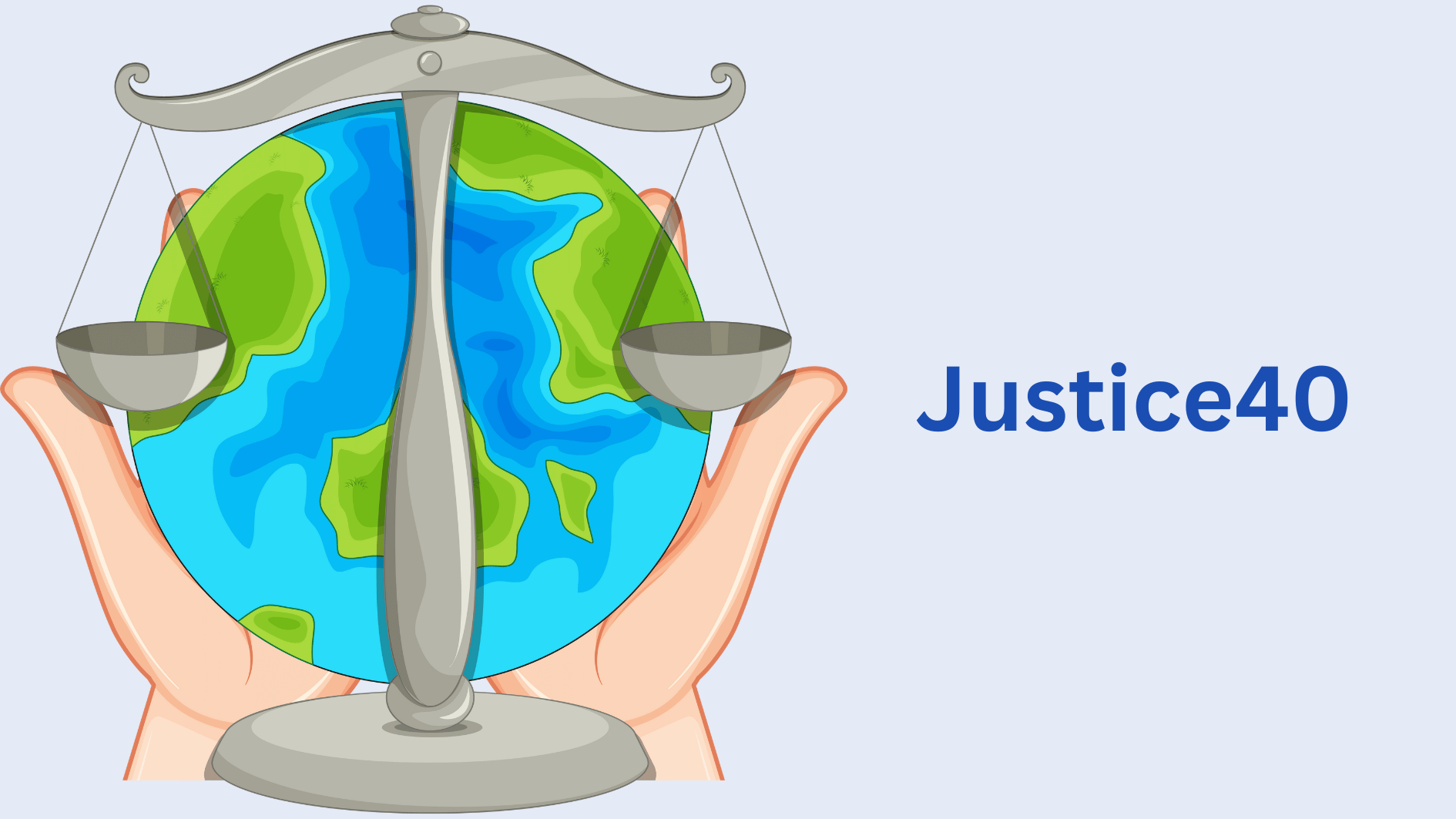Image source: Canva.com
Disadvantaged communities are at the forefront of policy discussions and initiatives aimed at creating a fairer and more sustainable society. They refer to areas or groups of people that experience economic, social, environmental, and health challenges disproportionately compared to the general population. In the context of clean energy and environmental justice, the term specifically highlights communities that are most impacted by pollution, lack of resources, and barriers to accessing benefits such as clean energy solutions.
Defining Disadvantaged Communities
Disadvantaged communities can be defined in multiple ways, depending on the focus of the policies and programs addressing them. However, in the United States, they are generally identified based on a combination of factors including:
Income Levels
Communities with high poverty rates or low median incomes.
Environmental Factors
Areas exposed to high levels of air and water pollution, hazardous waste sites, or other environmental risks.
Health Outcomes
Regions with higher rates of health issues like asthma, heart disease, or other pollution-related illnesses.
Social Vulnerability
Communities with high numbers of racial or ethnic minorities, elderly populations, and those with disabilities.
Access to Resources
Areas lacking critical services such as reliable public transportation, healthcare, and quality education.
For example, the U.S. Environmental Protection Agency (EPA) and other federal and state bodies use tools like the EPA’s Environmental Justice Screening and Mapping Tool (EJSCREEN) and California’s CalEnviroScreen to identify these areas by considering a wide range of indicators.
Barriers Faced by Disadvantaged Communities
Disadvantaged communities often face multiple overlapping barriers to accessing economic opportunities, clean energy, and sustainable infrastructure. Some of the key challenges include:
Economic Disparities
Lower income levels limit the ability of residents to invest in energy efficiency upgrades, solar installations, or electric vehicles, which could help reduce energy costs and improve resilience.
These communities are often located near sources of pollution, such as industrial facilities or highways, and face higher health risks due to poor air quality and lack of green spaces.
Environmental Inequities
Lack of Access to Resources
Disadvantaged communities may not have adequate access to financial products, credit, or technical assistance programs that could support clean energy adoption.
Historical patterns of marginalization often mean that these communities have less representation in decision-making processes, making it harder to advocate for and benefit from policies related to clean energy and infrastructure investments.
Limited Political Influence
Disadvantaged Communities in Clean Energy Policies
Addressing these disparities has become a key focus of clean energy policies at the federal and state levels. Some major policy frameworks and programs specifically aim to uplift disadvantaged communities and ensure they benefit from the clean energy transition:
Justice40 Initiative
A landmark commitment by the Biden administration, the Justice40 initiative aims to direct 40% of federal investments in clean energy, climate action, and environmental projects to disadvantaged communities. This initiative focuses on equity, seeking to rectify historic environmental injustices by prioritizing investments in areas with the greatest environmental burdens.
Inflation Reduction Act (IRA)
The IRA contains numerous provisions to promote clean energy adoption and energy efficiency, with a special emphasis on extending benefits to disadvantaged communities. It includes tax incentives for rooftop solar installations and electric vehicles, as well as funding for energy efficiency improvements in low-income households.
Greenhouse Gas Reduction Fund (GGRF)
The GGRF dedicates resources to scaling up clean energy projects and reducing emissions in low-income and disadvantaged communities. It provides financial support through programs like Solar for All, which aims to bring affordable solar energy to underserved areas.
Clean Energy Solutions for Disadvantaged Communities
Disadvantaged communities can significantly benefit from clean energy solutions. However, these solutions need to be tailored to address the unique barriers they face. Key approaches include:

Community Solar Programs
Community solar initiatives allow residents to access the benefits of solar energy without installing solar panels on their own roofs. By subscribing to a shared solar array, participants receive credits on their electricity bills, resulting in cost savings. Many states have programs specifically designed to ensure that a portion of the community solar benefits go to low- and moderate-income households.
Energy Efficiency Upgrades
Upgrading homes with energy-efficient appliances, insulation, and HVAC systems can lead to substantial cost savings. Federal and state programs often provide grants or low-interest loans to help disadvantaged communities access these upgrades.
Resilience and Electrification
Investing in distributed energy solutions like solar-plus-storage can help improve energy resilience in disadvantaged communities vulnerable to power outages. Additionally, electrification initiatives, such as the installation of electric vehicle charging infrastructure, can create economic opportunities and reduce air pollution.
Role of Community Development Financial Institutions (CDFIs)
Community Development Financial Institutions (CDFIs) play a critical role in supporting disadvantaged communities by offering affordable financing for clean energy projects. CDFIs are mission-driven lenders that focus on promoting economic development and financial inclusion in underserved areas. By partnering with public and private organizations, CDFIs can provide low-interest loans and other financial products for solar installations, energy efficiency upgrades, and community resilience projects.
The Path Forward
Addressing the needs of disadvantaged communities is crucial for achieving a just and equitable clean energy transition. Policymakers, advocates, and financial institutions must work collaboratively to remove barriers and extend clean energy benefits to all communities.
Key strategies for moving forward include:
Improving Community Engagement
Empowering disadvantaged communities through inclusive decision-making processes and increasing their representation in policymaking.
Increasing Awareness and Education
Providing targeted outreach and technical assistance to help residents understand the benefits of clean energy and navigate available programs.
Expanding Financial Support
Leveraging federal and state funding to create dedicated programs for clean energy investments in low-income areas, and scaling up innovative financing models like on-bill financing and green banks.
Disadvantaged communities are at the heart of efforts to build a cleaner, more equitable future. By addressing the unique challenges they face and implementing inclusive clean energy policies, the United States can not only rectify historical injustices but also unlock new economic opportunities and improve the well-being of millions of residents. With continued investment, collaboration, and innovation, a future where clean energy benefits reach all communities is within reach.





